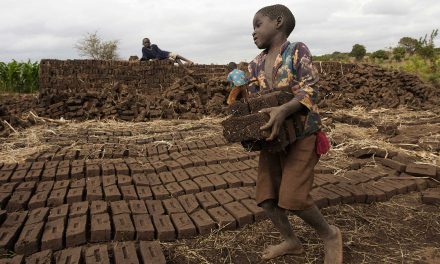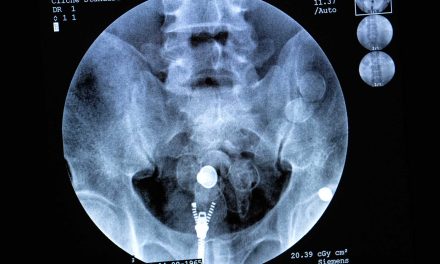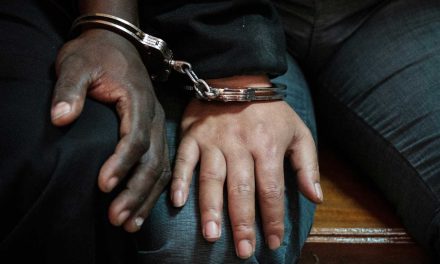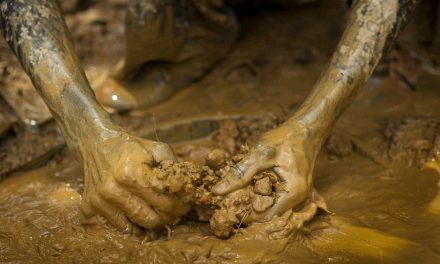The evolution of criminal networks across Africa is a complex tale crossing centuries – but the continent’s integration into the global economy, especially after the advent of democracy in the wake of the Cold War, has consolidated gangsterism as never before.
The dense networks of smuggling routes established in the pre-colonial era, such as those that transect the Sahara desert, linking the riches of West Africa such as gold and ivory to the markets of the Mediterranean world and thus Europe, were the same used during the slave trade. Remarkably, they continue to be used centuries later, albeit now augmented by modern weaponry, cellphones, jet aircraft, and even submarines.
The Cold War locked Africa into blocs of opposing authoritarian states that dealt extremely harshly with non-state criminals: apartheid South Africa, UDI Rhodesia, the Portuguese colonies, and others like Zaire aligned to the United States versus Ethiopia, Algeria, Angola, Libya, and others aligned to the former Soviet Union.
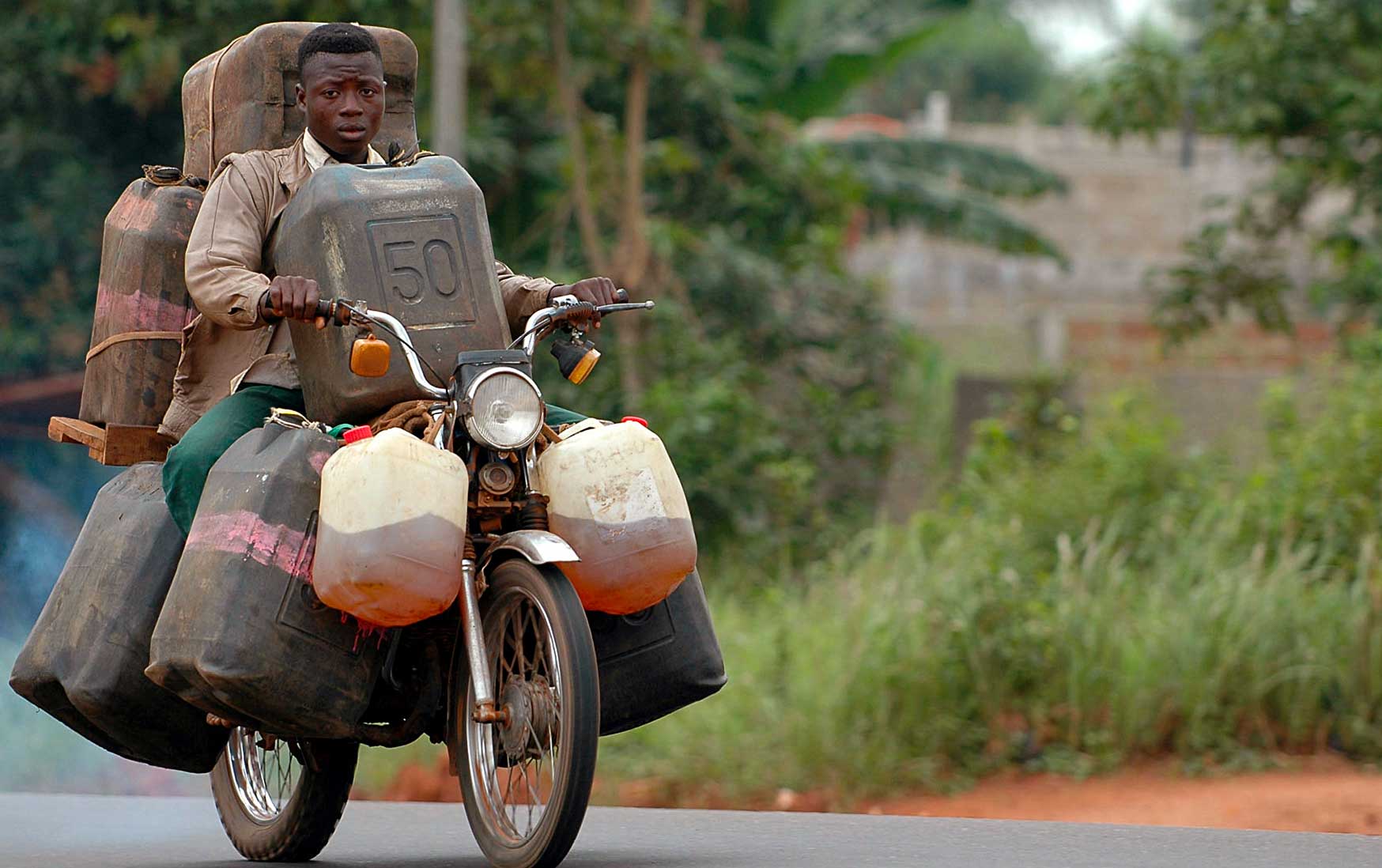
A man in Porto Novo, Benin, transports oil smuggled from Nigeria. Photo: Erick Christian Ahounou/AFP
Mark Shaw, director of the Global Initiative Against Organised Crime, has tracked the evolution of the continent’s modern organised criminal syndicates as having started with small-scale local operations in the late 1980s such as rhino horn smuggling in southern Africa, driven by the apartheid army or crude oil theft in the Niger delta under the Sani Abacha military dictatorship. But, Shaw argues, from the early 1990s criminal groups coalesced and professionalised.
In Nigeria it was the intense political contestation of the youth during the 1967-1970 civil war and later Abacha’s rule that saw university student confraternities such as the Pyrates – started in 1953 by future Nobel literature laureate Wole Soyinka – fragment, with some factions morphing into criminal “street and creek” gangs.
Key gang members went on to pursue criminal-political careers: before his 2010 assassination, Soboma George, a leader of The Outlaws gang, had become a leader of the Movement for the Emancipation of the Niger Delta (MEND) militia, which was involved in oil theft, kidnapping for ransom, and guerrilla warfare. His opponent, Ateke Tom, was a former leader of The Icelanders gang who became head of the Niger Delta Vigilante militia, which aimed at the oil-rich Delta’s secession from Nigeria.
Ironically, this process of professionalisation and the blurring of criminal and political goals was accelerated by the democratisation of many African countries after the collapse of the Soviet Union in 1991, and their opening to world markets over the past three decades, which entrenched and extended syndicate crime networks across the continent.
Today, for example, the Delta oil thieves are so well-organised and politically protected that they can tap directly from well heads and transfer their ill-gotten crude to “legitimate” tankers offshore, a loss of up to 400,000 barrels per day, about 15% of total production.
In Guinea-Bissau, the leaders of the old PAIGC liberation movement and its military splintered over control of both legitimate state and illicit criminal rent-seeking. From the late 1990s this process criminalised the state as the elites came to dominate the emerging cocaine and illegal logging trades. Their contest spiralled downwards into civil war in 1998, creating Africa’s first “narco-state” by 2008 and driving the population to delink from the state, pursuing a desperate scramble for livelihood.
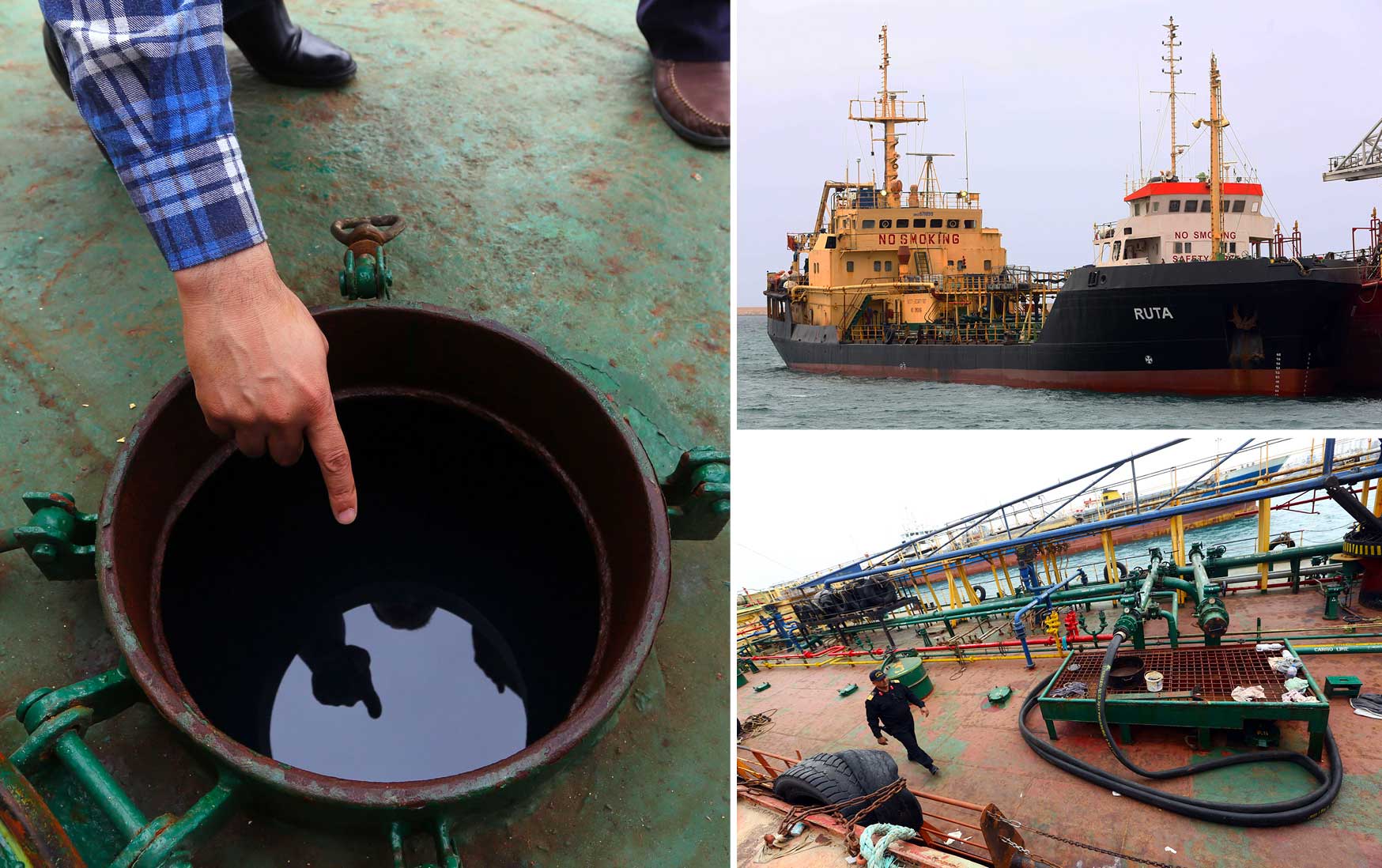
A Libyan official points at the oil onboard the vessel Ruta, which was seized off the coastal city of Zuwara in April 2017. The Ruta and another vessel were seized for smuggling fuel. Photos: Mahmud Turkia/AFP
According to Alexandre Schmidt, the regional head of the UN Office on Drugs and Crime (UNODC), which has three regional offices in Africa, speaking in Senegal in 2012, the value of the trade through West Africa was $800 million a year and rising. Schmidt warned that drug cartels were threatening to turn West Africa into another Mexico, a country that has seen an estimated 120,000 people murdered in its drug wars. This was exacerbated, UNODC warned, by the flood of perhaps 20,000 weapons into West Africa in the aftermath of the Libyan civil war.
Schmidt suggested that a decline in the seizure of cocaine shipments into West Africa was due to cartel innovations like using jungle-engineered “narco-submarines” or ageing jumbo jets to move the drugs across the Atlantic. Such a submarine was seized in Ecuador in 2010 and was remarkably sophisticated, with a range greater than that of the narrowest Atlantic crossing from Brazil. In 2009, a Boeing 727 used a Tuareg camel caravan track as a runway in rural Mali, where local officials said smugglers offloaded up to 10 tons of cocaine before they doused the jet with fuel and burned it after it failed to take off again.
Democracy’s “dark dividend” also embraces the end of authoritarian regimes such as that in South Africa in 1994 or that of Libya in 2011 – but also of peace processes such as that in Angola since 2002, the Democratic Republic of Congo (DRC) since 2003, or Mozambique since 2014, plus arms embargoes against pariah states. These have proliferated small arms and light weapons – some 100 million are believed to be stockpiled or in circulation continentally – which have armed organised criminal gangs to the hilt to better protect their ancient logistical routes and create new domestic markets.
This surfeit of arms has also driven well-established insurgent groups to diversify into illegal mining, especially in Ghanaian, Ivoirian, and South African gold, and Liberian, Sierra Leonean, and Angolan diamonds to finance their rebellions in the absence of their former superpower sponsors.
Shaw argues that organised crime in Africa can be divided into three interlinked markets:
- Illicit products flowing into and through Africa, primarily drugs, weapons, and illicit financial services.
- Illicit produce originating in the continent and sold abroad, primarily blood diamonds and other illegally mined metals and minerals, illegally logged hardwoods, stolen oil, ivory and rhino horn and endangered species smuggling, and illegal, unregulated, or unreported (IUU) fish catches; and
- Indigenous illicit practices aimed at the domestic and overseas markets, primarily counterfeit goods including faux medicines, cybercrime, and migrant smuggling.
A series of research papers produced separately by the Thomson Reuters Foundation’s Wealth of Nations project, by Global Financial Integrity, and by ENACT, a European Union-funded observatory of transborder crime in Africa linked to the Institute for Security Studies, Interpol, and Shaw’s Global Initiative, reveals that the value of Africa’s criminal markets is significant.
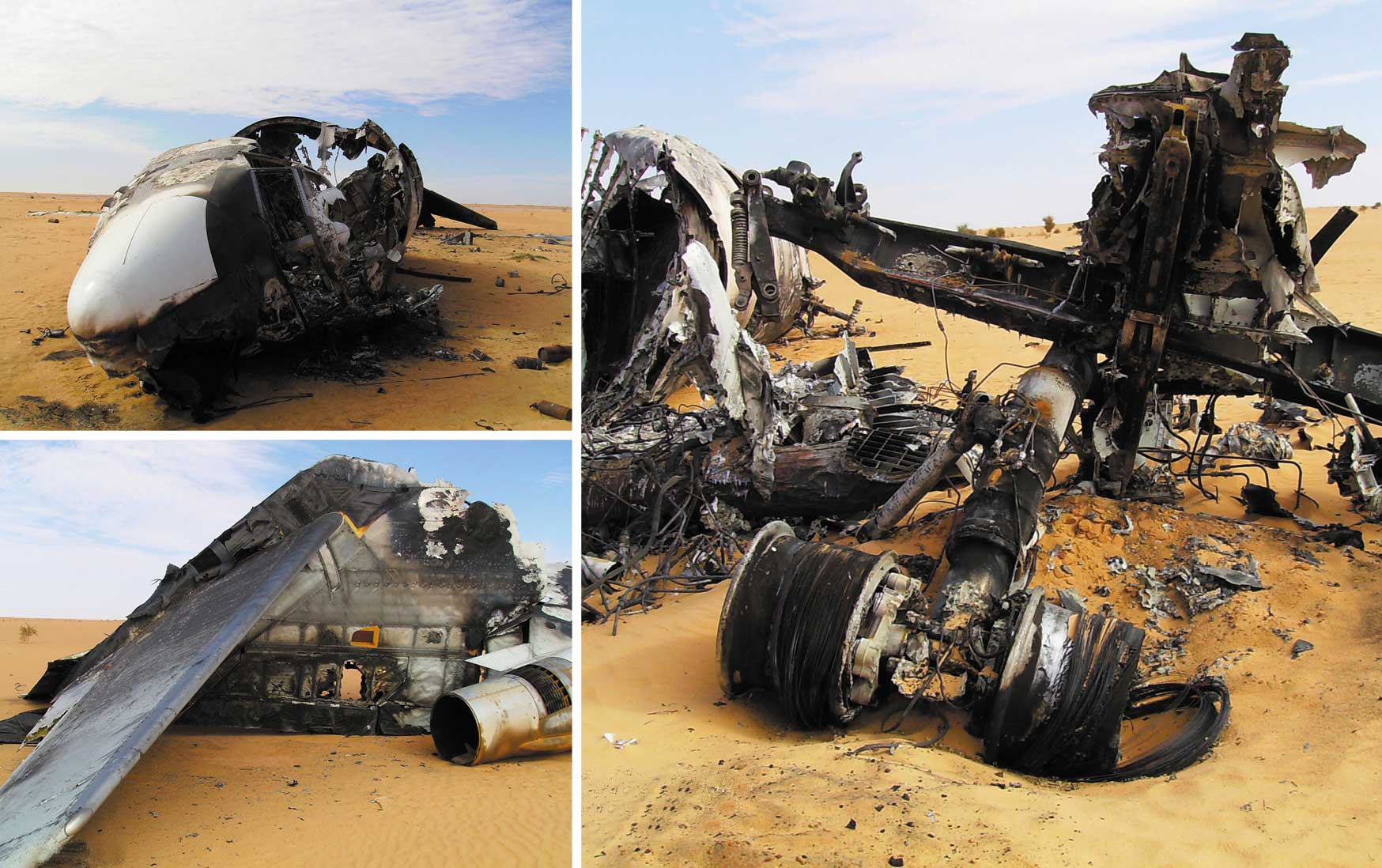
Twisted and charred debris of a burnt-out Boeing 727 lie in the desert some 200 km north of Gao in north-east Mali on the southern edge of the Sahara on December 10, 2009. UN authorities said the plane transported cocaine from Venezuela to Mali. According to the UN Office on Drugs and Crime, the plane landed on a makeshift airstrip and unloaded a cargo of illegal drugs before crashing as it tried to take off. Photos: Serge Daniel/AFP
Continentally, illegal logging is worth $17 billion a year, untaxed gold exports cost Ghana more than $6 billion a year in lost revenue, IUU fishing costs West Africa alone $2.3 billion a year, counterfeit anti-malarial drugs are worth more than $400 million a year in West Africa, cybercrime costs Africa as a whole $895 million a year, and refined fuel theft from Libya is conservatively worth $200 million a year. Multinational companies’ tax avoidance, meanwhile, particularly in the extractives industries, runs so high that illicit financial flows account for a revenue loss equivalent of up to as much as 11.6% of total sub-Saharan African trade.
Complicating matters, illegal markets often are the only source of income for poor populations: a 2013 estimate was that some eight million artisanal miners, mostly in the illicit gold sector, support some 45 million people off their earnings, while in the Central African Republic about 400,000 diamond miners, mostly illegal, produce 80% of the country’s output. The lines between economic subsistence and criminality are particularly blurred in human trafficking.
Shaw states that while the very diversity of the criminal landscape – kidney harvesting, manufacturing fake luxury brands, untaxed cigarettes to trafficking in underage brides, and piracy – complicates policy and law-enforcement responses, all three fields are amplified by “conflict, weak governance, or the prevalence of corruption, which all provide conditions that exacerbate the impact of illicit markets”.
The latest annual report by ENACT analyses 10 key criminal activities as markets – human trafficking, human smuggling, the arms trade, the theft of fauna, flora, and unrenewable resources, and heroin, cocaine, cannabis, and synthetic drugs.
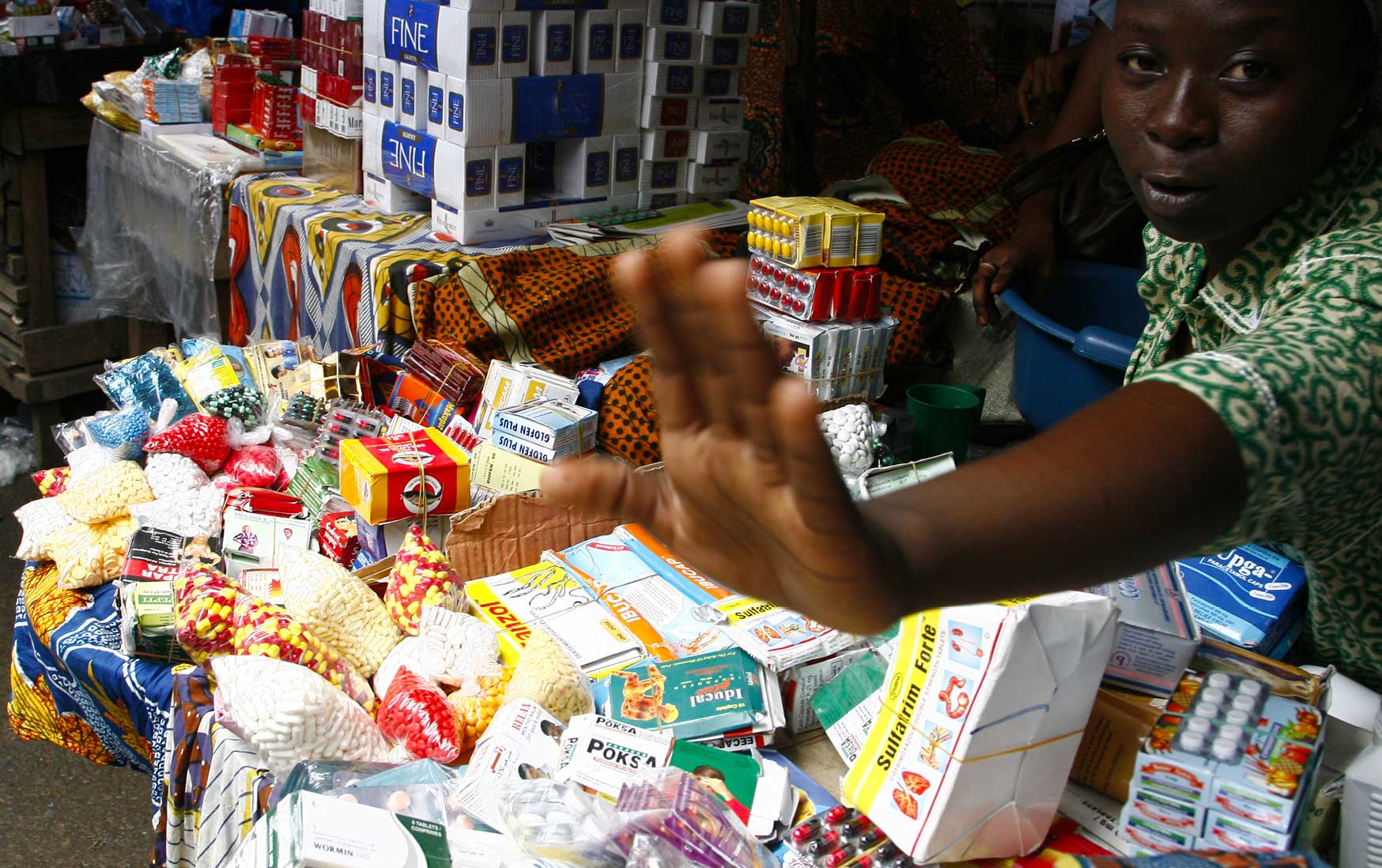
Smuggled and/or counterfeit medicine on sale in the Adjame market in Abidjan, Cote d’Ivoire. Photos: Issouf Sanogo/AFP
ENACT’s report highlights an increasing convergence between criminal networks, in particular of the arms trade with human trafficking, arms trafficking with non-renewable resources theft, and the cocaine and cannabis trades. It notes that though the drug trade generalises social criminality, drug syndicates themselves stand apart from other criminal outfits.
A dire example of such convergence is in north-eastern Nigeria where the trade in surplus Libyan arms has left the jihadi terrorist group Boko Haram with such a glut of weaponry that they have been selling them onwards to tribal cattle-rustling bandits, both to make money and extend their influence in the west and south. The result, many observers warn, is a new insurgency that intersects with the drug trade, that operates as a quasi-government by levying “taxes” – and that has made dramatic attacks last year on a prison, an army base, a commuter train, an international airport, and on the vanguard of the presidential motorcade.
The DRC rates worst on the continent for the pervasiveness of its criminality, then Nigeria, Zimbabwe, and Kenya, with South Africa in fifth place. Despite the convergence between armed groups and criminal activity, only South Africa and Kenya hosted sophisticated “Mafia-style” criminal syndicates like the Chinese Triads. Corrupt officials are key enablers: “while criminal militias, insurgencies, loose criminal networks and various forms of foreign criminal actors all play an important role in the criminal landscape across Africa,” the report notes, “it is state-embedded actors that are the most dominant vectors of organised crime.”
However, South Africa and Nigeria present globally rare cases of countries with high institutional and societal resilience to criminality that are also plagued by high levels of corruption and syndicate crime, the report notes, placing them alongside the US, France, Italy, Spain, Malaysia, Ecuador, and Colombia. “These countries tend to have sizeable economies, large potential domestic markets and highly developed infrastructure, which criminal economies are able to exploit.”
Thus, in countries like these, a bedrock of more robust institutions, buttressed by officials with integrity, co-exist with – and sometimes successfully combat – rife corruption and organised crime.

